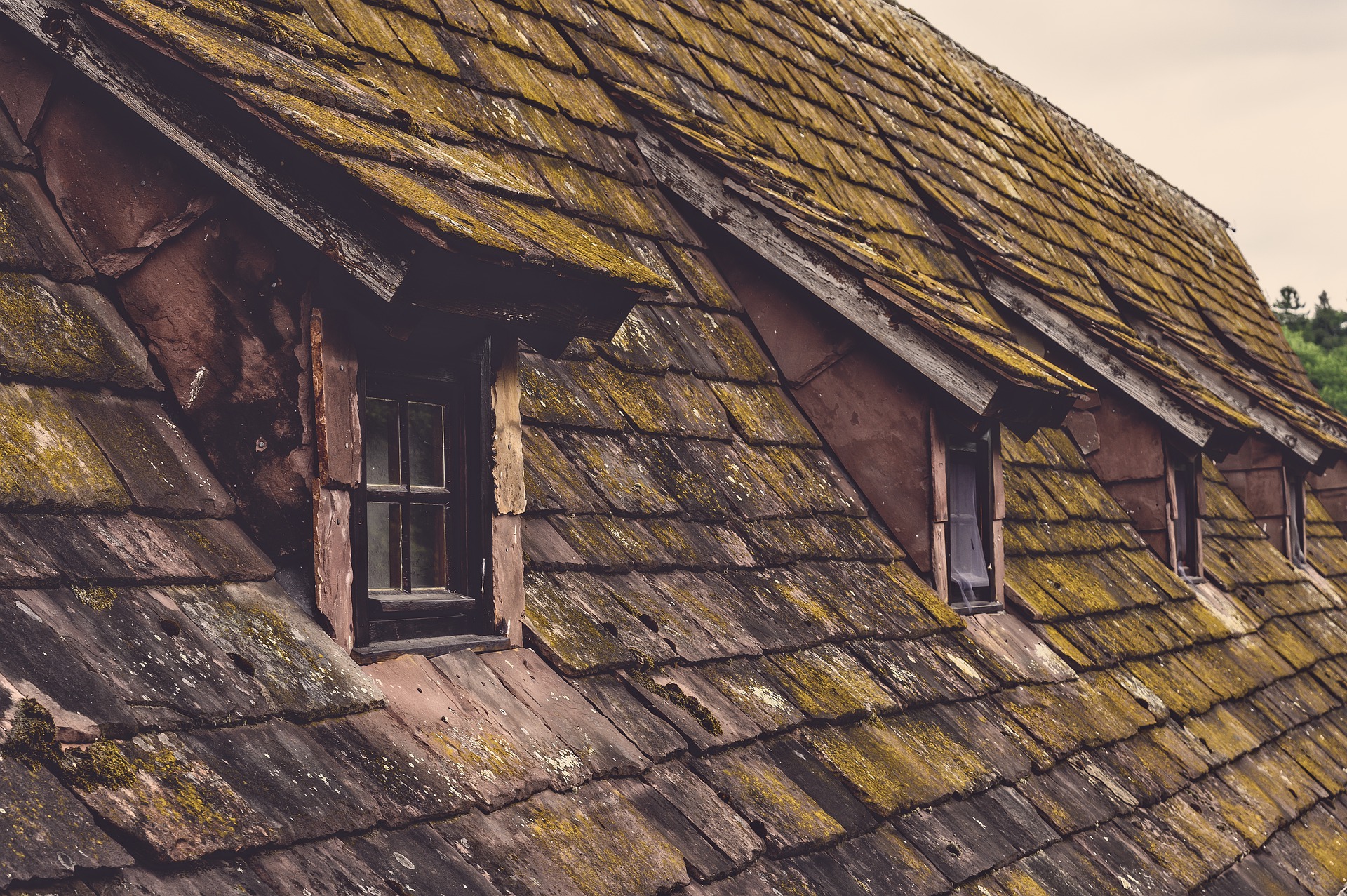5 Common Repairs Needed in Older Houses

Old homes have a classic charm, but they also have a tendency to hide certain issues. Whether you’re already living in an old house or you plan to buy one, it’s smart to prepare for potential problems and manage any repairs in advance. Attend to these five areas to avoid any unexpected costs.
1. Electrical Wiring
In the past, home builders would occasionally wire multiple rooms to one circuit, which could cause an overload and spark a fire. Old wiring also means old insulation, and if a wire becomes exposed, you’ll be at risk for fires, shocks and short-circuiting. Circuit breakers and service panels can also deteriorate, causing the same problems you’d get from exposed wires. You may need to replace or upgrade the entire electrical system to prevent injury.
For a large-scale, involved project like this, it’s advisable to call an electrician rather than attempt to repair it yourself. Doing so could endanger your health.
2. Insulation
The home builders of the 1960s generally didn’t install insulation during the construction process. Homeowners weren’t as concerned with the lack of heating. Energy bills were lower, so even if a home was losing significant heat, it wouldn’t put a major dent in your wallet. Home builders also made these homes with non-insulated, single-pane windows, which let heat out and cold air in.
If they did install insulation, it was mostly in the attic and rarely sufficient. A lack of insulation causes your AC to compensate by working overtime, putting stress on the system. If you’re in this situation, however, you have a quick fix. Insulation is relatively easy to install on your own with an insulation blower from any hardware store. You can also recaulk windows and doors to provide an adequate seal.
3. Roofing
Damaged roofing can cause leaks and pest infestation, so if you see gaps or cracks in your shingles, you should create a plan to fix them. Signs to look for that signal compromised roofing include sagging gutters, water damage and missing shingles. Homes from the 1980s often have fiberglass shingles, which are prone to cracking and falling apart. Asphalt shingles are more durable and are present on many modern roofs, but they can begin to sag inward or bulge outward as they age.
Wood shingles experience the same warping issues that asphalt shingles do. If parts of your roof are showing signs of wear, you should consider how to approach repairs. Do you only need to fix a few damaged shingles, or does an entire section of the roof need attention? Maybe you need to replace all the roofing material instead. If you go with a different material, keep in mind factors like climate, exposure to the elements and roof slope.

4. Pipes
Some old homes have steel pipes while others — typically from the 1980s — use polybutylene piping. Steel pipes only have a lifespan of about 20 years, which means your piping has long passed expiration if homebuilders put up the house in the 1940s. Steel is not a suitable material because it eventually rusts, which causes the pipes to clog up. As you may have already guessed, clogged pipes lead to low water pressure and eventual bursting if no one fixes the issue in time.
Household products containing bleach will erode polybutylene pipes, causing them to burst suddenly. It’s not pleasant to think about having a ticking time bomb in your yard, but you have options for remedying this without excavating your lawn. Pipe repairing techniques such as cured-in-place pipe relining create a new, durable pipe within the old one. And you don’t have to sacrifice your grass to do it!
5. Foundation
Remember those roof issues? If you don’t repair those soon, you can end up with a waterlogged house. Sagging gutters from a damaged roof doesn’t deposit water correctly, which can cause water to collect around your home and soak into your foundation. This leakage creates foundation and soil erosion, and your home will gradually sink into the ground. In addition to a sunken house, water in your wood will bring mold and rot.
Signs of sinking include windows that appear crooked and doors that have gaps at the top when closed. You can avoid issues with your foundation by fixing any leaky gutters and piling soil around the house to correct the slope of your lawn.
Tips for Repairing Older Homes
You can do many home repairs on your own to save money, but you may want to consider enlisting a professional’s help if the issue is hazardous. No matter how you do it, take care of your older home. Old homes have a special charm you can’t find elsewhere, and you want to preserve this unique quality for the course of your ownership.
About The Author: Holly Welles is a home & garden writer. She shares more advice on creating beauty in your home on her own blog, The Estate Update, and on Twitter.
- Additions and New Construction
- All Exteriors
- Alterations
- Basements
- Bathrooms
- Customer Service
- Customer Stories
- Decks
- Design & Planning Show
- DIY
- Doors
- Educational Resources
- Extreme Makeover Home Edition
- Fashion Show
- General Remodeling
- Green Living
- Handyman Home Services
- Home Decor
- Home Entertainment
- Home Improvement
- Home Improvements
- How to Tips
- In The Community
- Kitchens
- Off-the-Wall Remodeling Stories
- Remodeling
- Resources
- Roofing
- Siding
- Social Media
- Sunrooms
- Tips & Tricks
- Trends
- Windows

